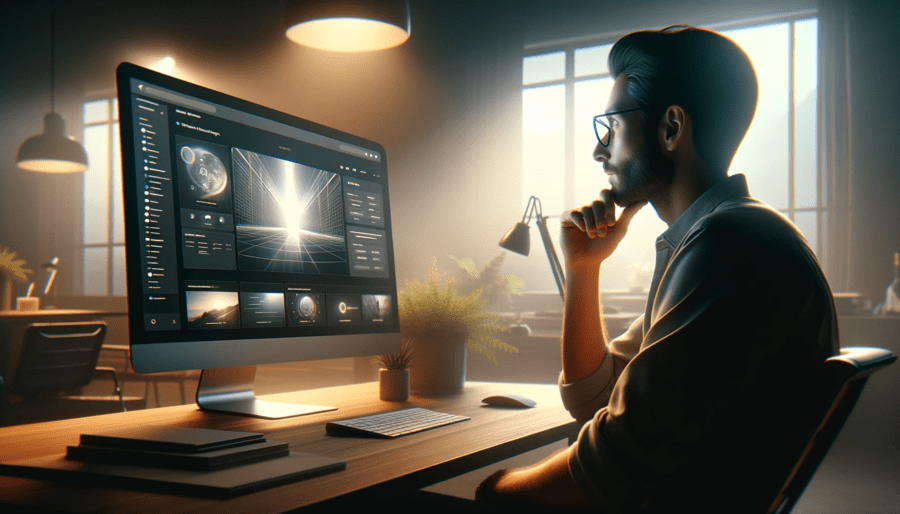What is UX Design?
User Experience design, also known as UX Design, is a design field dedicated to creating products that offer users a meaningful and relevant experience.
The focus of this discipline is the entire user journey, from the purchase of the product to its complete integration. This journey includes various aspects such as branding, design, usability, and product features.
UX design is multidisciplinary, extending beyond just the visual aspect (as is often mistakenly thought) and involving many other aspects such as human-computer interaction, information architecture, and service design, to name a few. UX design is essential for creating products that are not only functional and easy to use, but also enjoyable and engaging.
UX Design is all about research
UX research is a valuable tool for discovering unmet needs, problems to address, and opportunities to improve the user experience.
It also provides important insights into user psychology and behavior, data that can guide product creation and development.
Without careful research, UX design could be based solely on assumptions or personal preferences.
Instead, when done well, research allows for UX design based on concrete data and a detailed understanding of users.
UI and UX are two different sides of design
UI is what makes a product or service aesthetically pleasing, almost like an invitation to explore further.
On the other hand, UX, or user experience, is the overall experience that the user has when interacting with a product or service. This concerns how the user navigates and moves within the product or service, how they feel during use, and the impressions they have at the end.
UX is what makes a product or service not only functional, but also enjoyable to use.
Both UI and UX are integral parts of a well-executed design. They cannot exist without each other. A product or service may have an exceptional user interface, but if the user experience is lacking, the user will be disappointed. Similarly, even if the user experience is excellent, but the user interface is not appealing, the user may not feel motivated to use it.
Qualities of a great UX Designer
Another important aspect is the ability to communicate clearly and work effectively within a team. A UX designer must be able to present and defend their ideas, welcome feedback, and collaborate with other professionals, such as developers, UI designers, and product managers.
Finally, an excellent UX designer should have a solid understanding of key UX design techniques and tools, and should also stay updated on the latest trends and developments in the field of UX design.
User-centered design
To do this, UX designers conduct in-depth research on users, create and test prototypes, gather feedback, and make changes until the user experience is the best it can be.
Furthermore, user-centered design also implies creating an intuitive interface, easy to navigate, that makes interaction with the product enjoyable and rewarding for the user.
This approach not only improves the quality of the final product, but can also lead to increased user satisfaction, brand loyalty, and ultimately, product success in the market.
Balancing aesthetics and functionality
Successful UX design harmoniously combines an attractive appearance with effortless usability. For example, a website or app should have a consistent layout, with visually pleasing colors and typography, but at the same time, it must have easily recognizable and interactive elements, such as buttons and links, positioned logically.
To achieve this balance, UX designers must work closely with UI designers, developers, and potential users.
User feedback is crucial to understand if a design is truly functional as well as attractive. Only in this way can an excellent user experience be guaranteed, one that not only meets aesthetic expectations, but also responds to the practical needs of the user.
The ongoing importance of UX design in the digital future
With the adoption of emerging technologies such as artificial intelligence, virtual reality, and the Internet of Things, UX design will become even more complex and important. For example, how will we design user interactions when there is no longer a traditional user interface? These are the types of questions that UX designers will have to address in the coming years.
UX design is essential for digital success in the future. UX designers will need to continue to innovate and adapt to new technologies and user expectations. So, if you are thinking of entering the field of design, UX design is definitely a skill you will want to develop.
